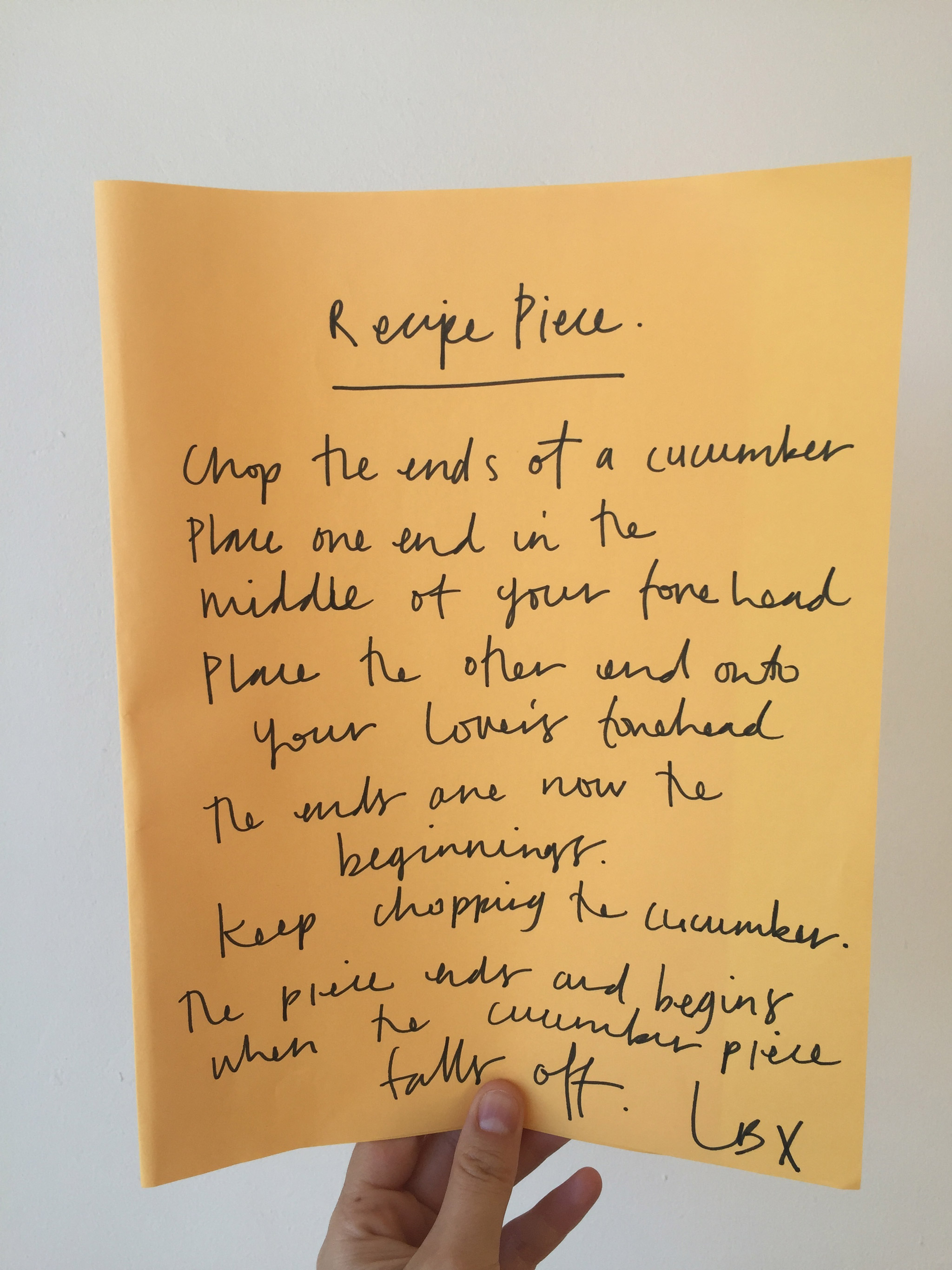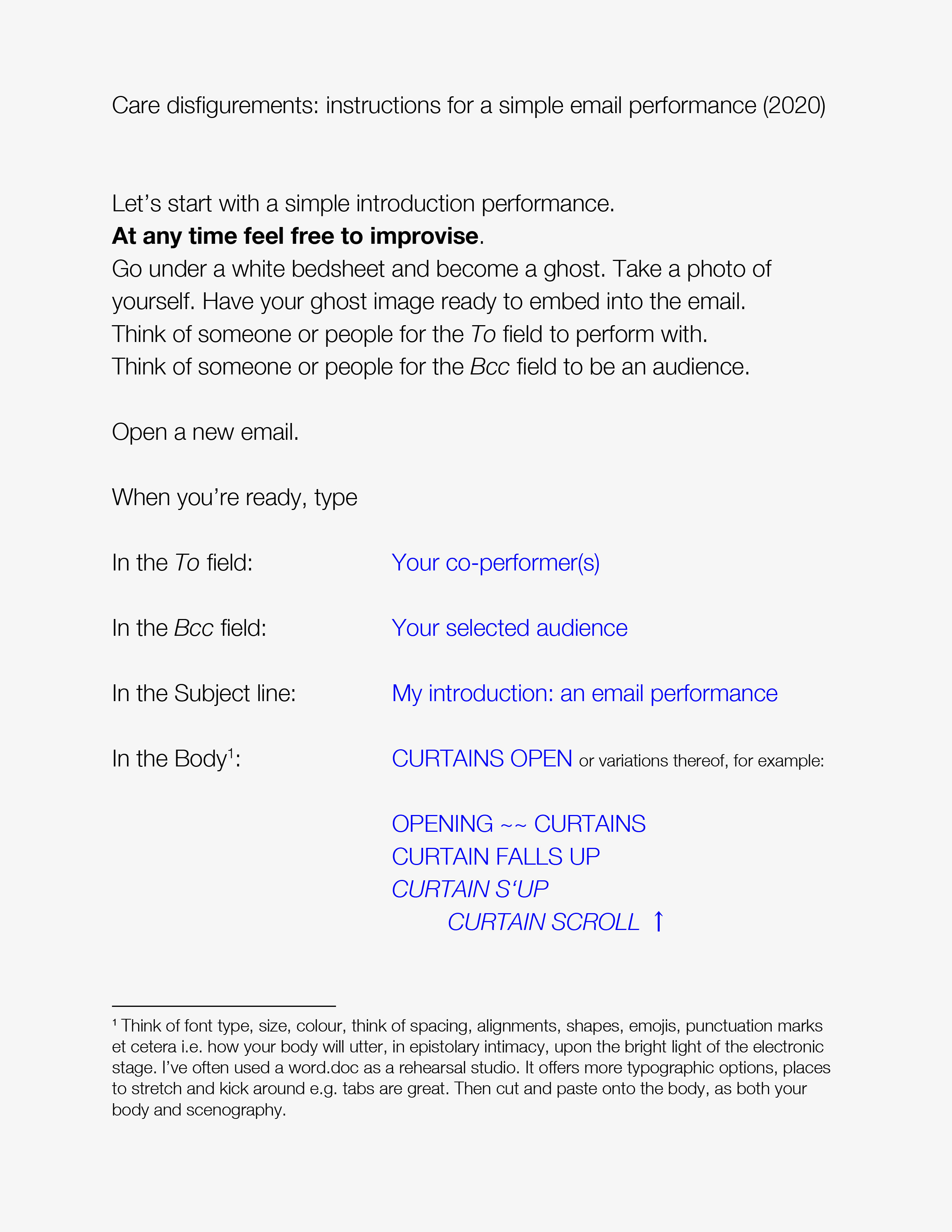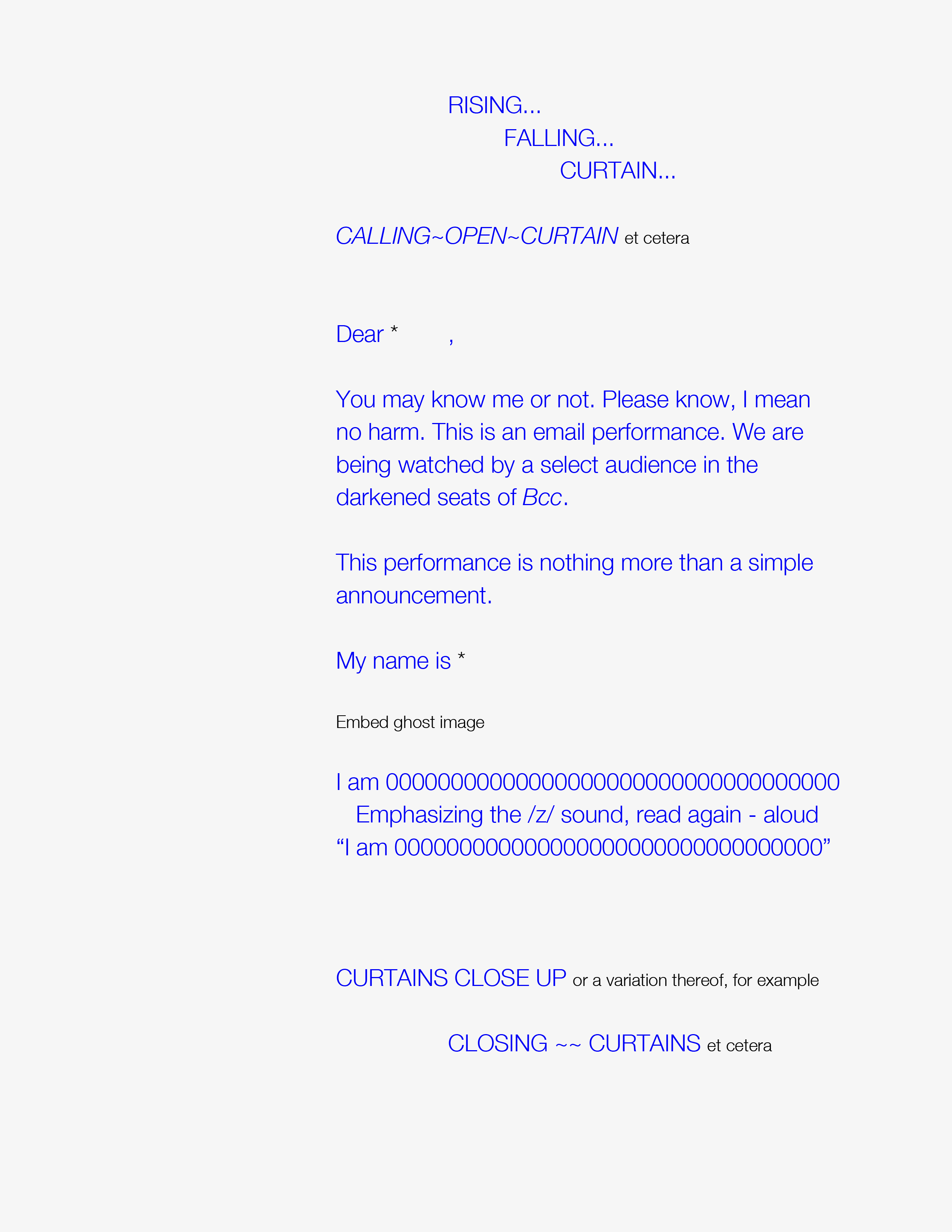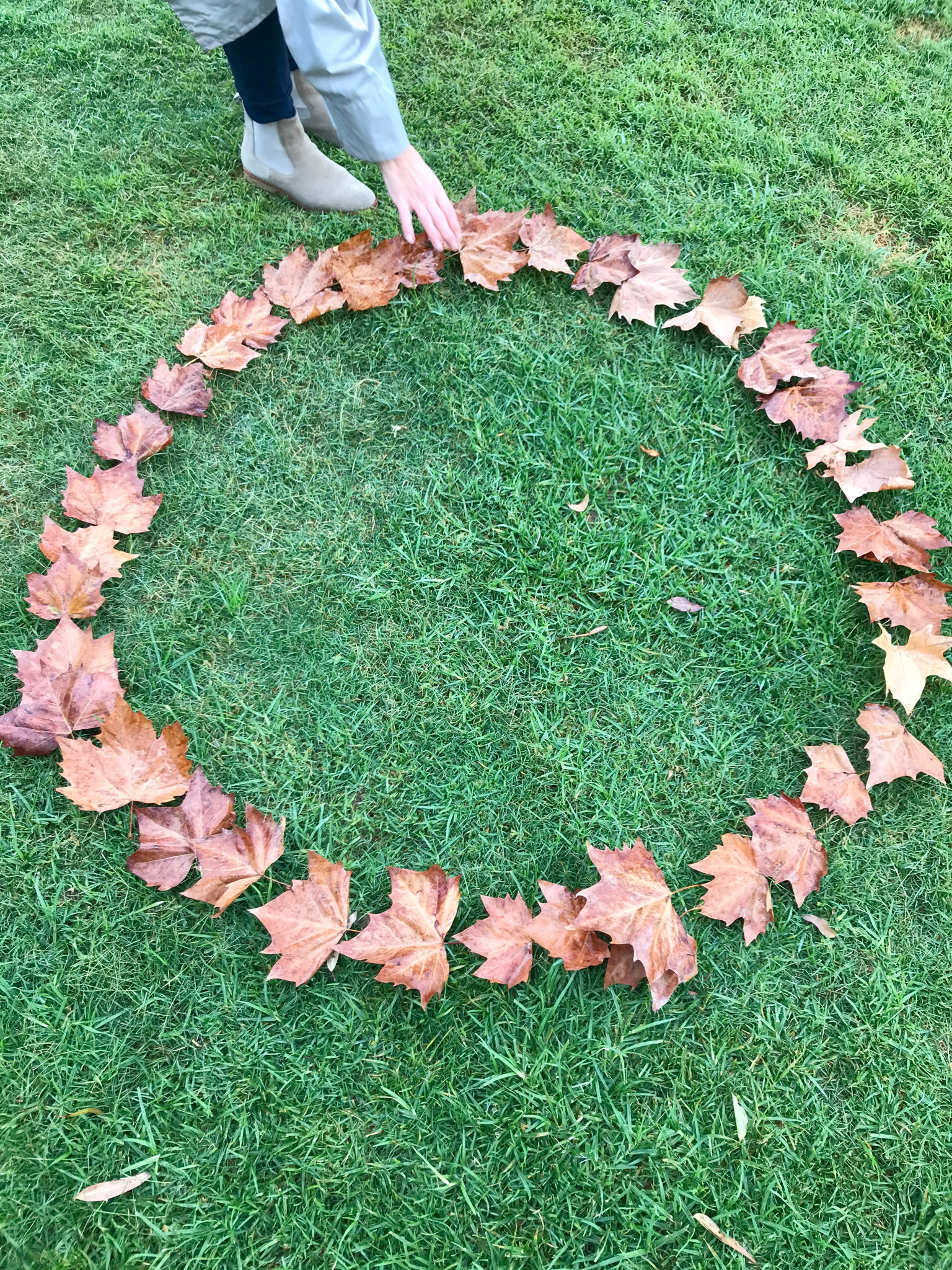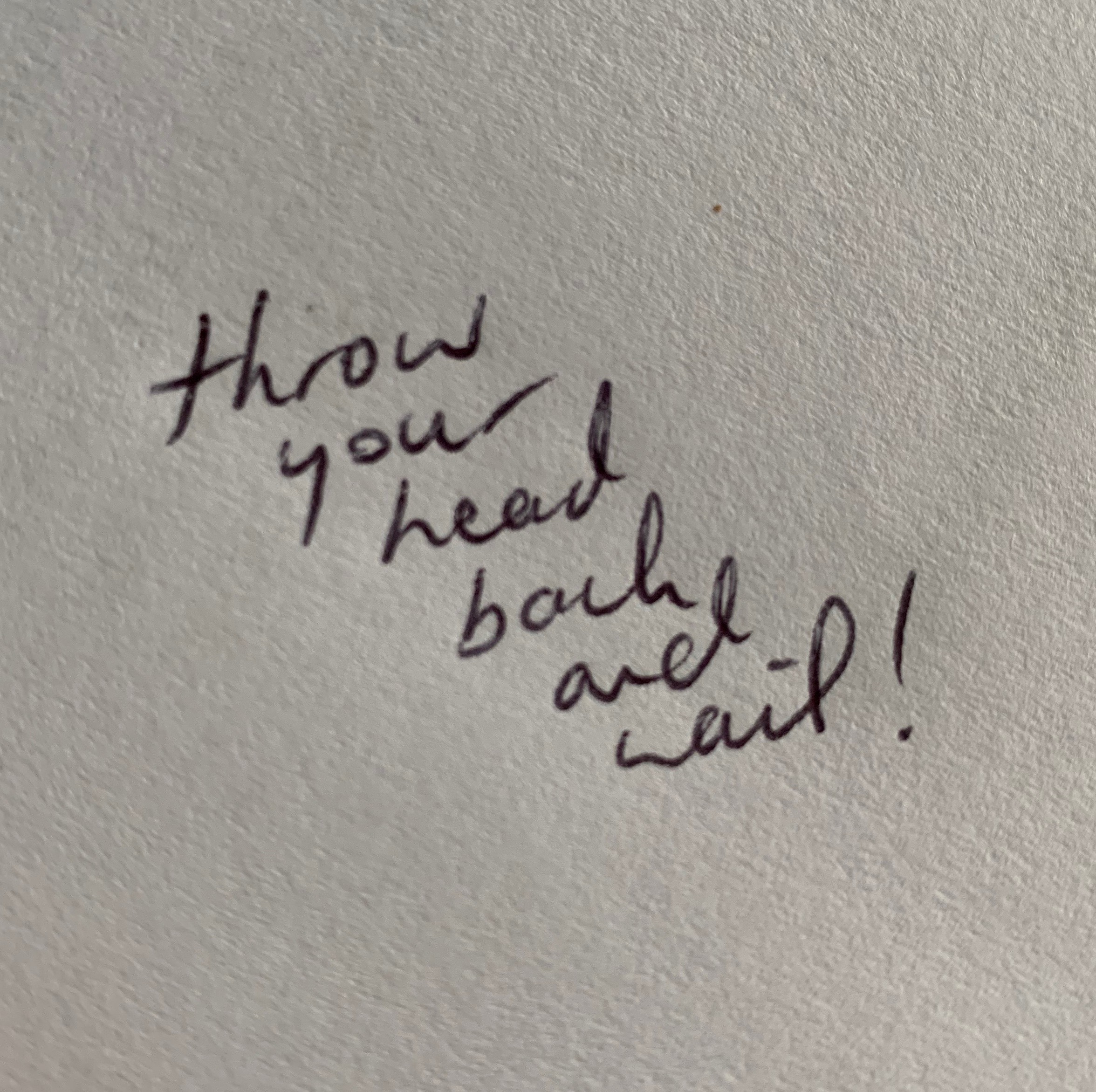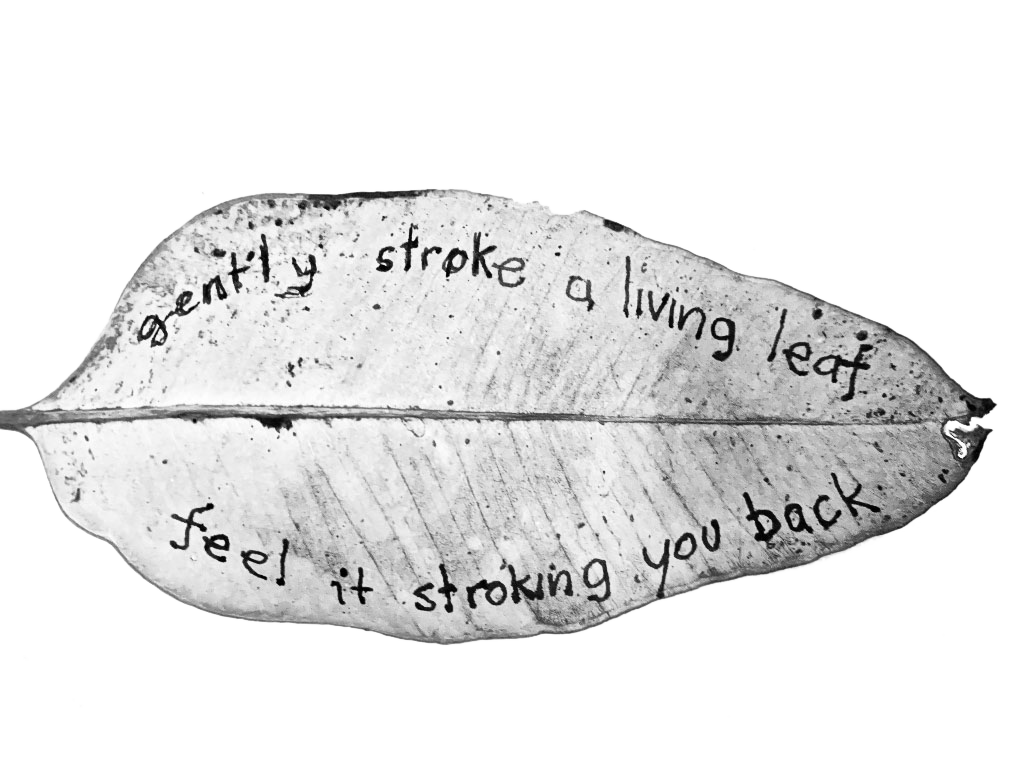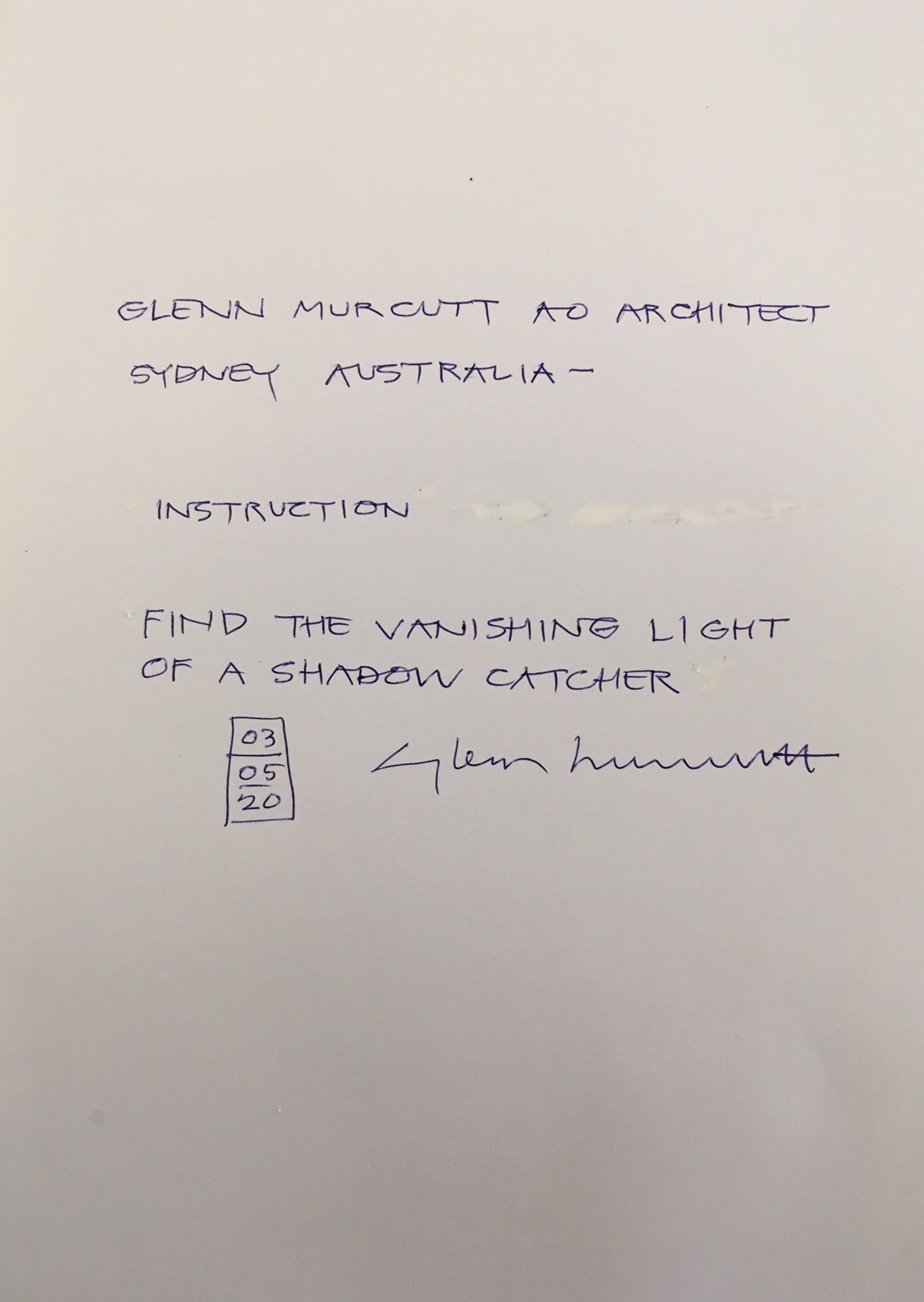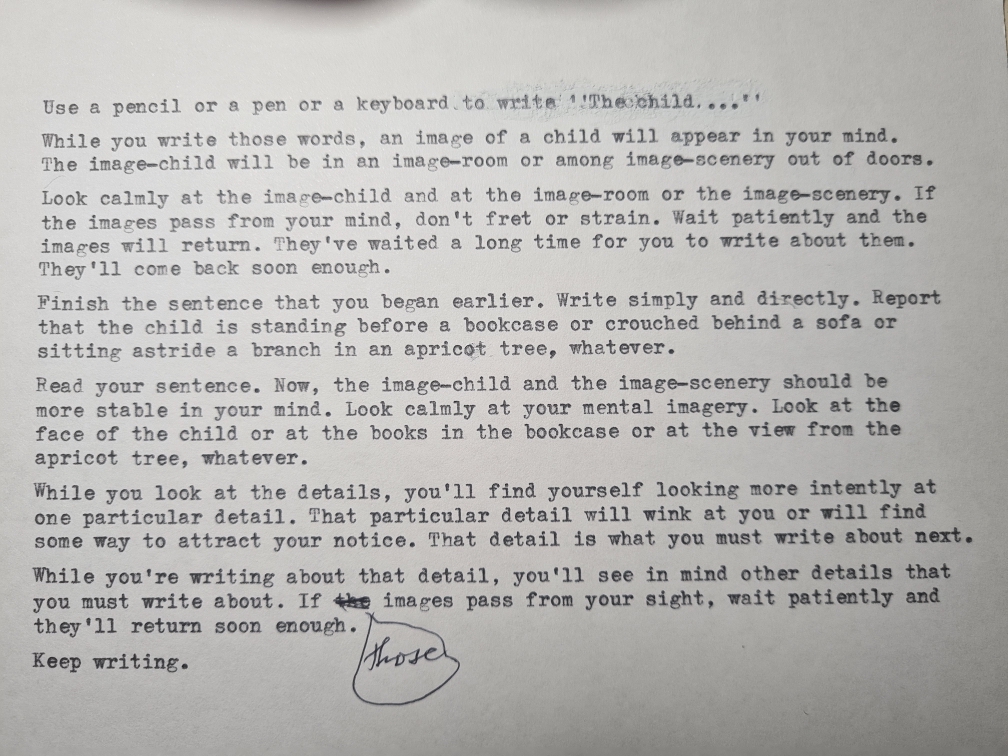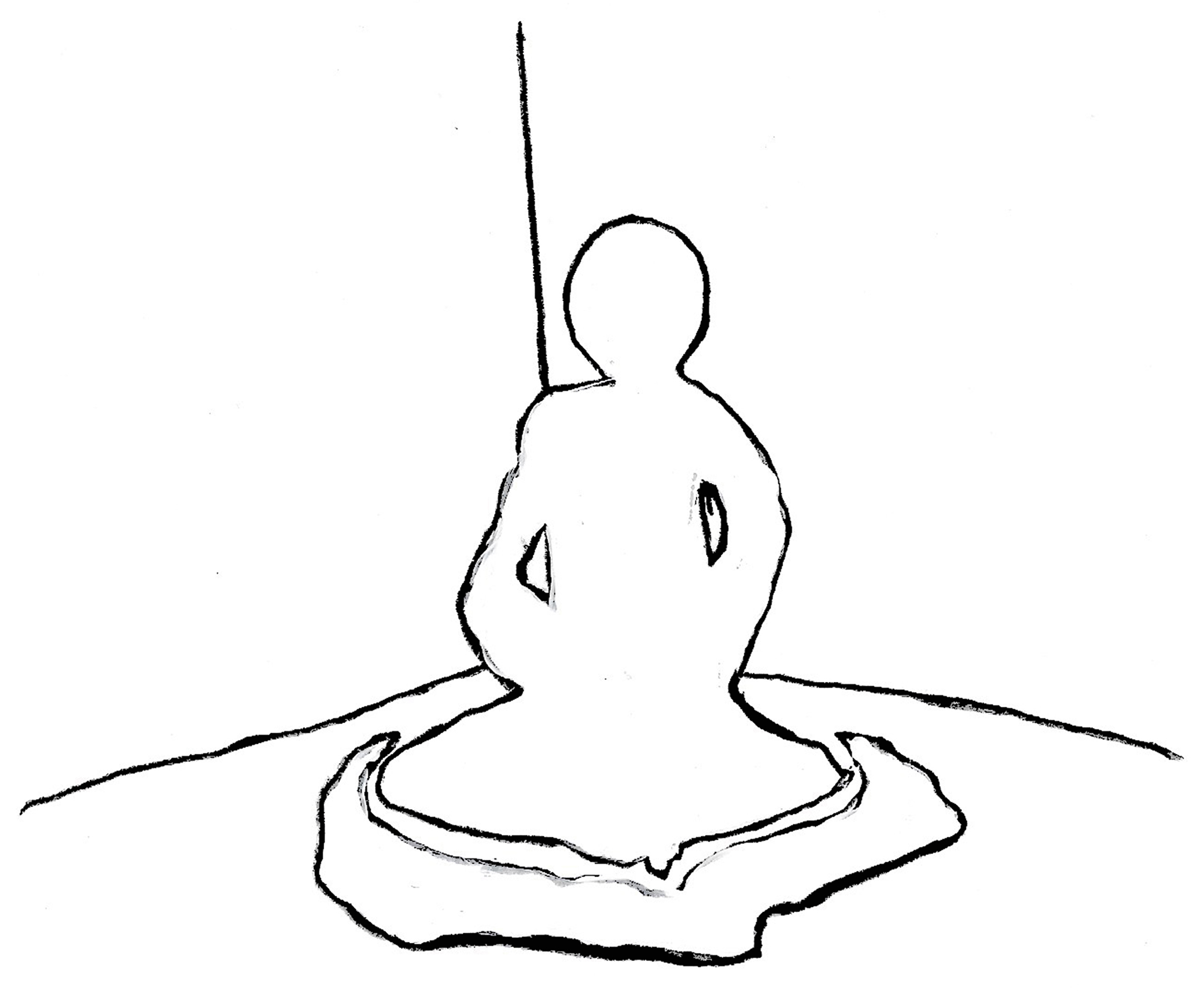In a time of global lockdown, Kaldor Public Art Project 36: do it (australia) invites audiences to follow an artist’s instructions, enter their world and realise an artwork of their own. do it (australia) is co-curated by Hans Ulrich Obrist and John Kaldor, with Emily Sullivan (Curator) and Monique Leslie Watkins.
- Instructions by
This project is the latest incarnation of do it, the longest-running and most far-reaching artist-led project in the world. Initiated by Hans Ulrich Obrist in 1993, the project asks artists to create simple instructions that generate an artwork, whether an object, a performance, an intervention, or something else entirely.
Presented in partnership with Serpentine Galleries, London, Independent Curators International and Google Arts & Culture, and supported by Bloomberg Philanthropies, Kaldor Public Art Project 36: do it (australia) forms part of do it (around the world), which will see more than 50 new artworks commissioned and shared online.
Follow the artist’s instructions, enter their world and do an artwork of your own. Add your artwork to our growing collection of audience responses by posting on social media with the hashtag #doitaustralia or sending us an email by 30 June 2020.



